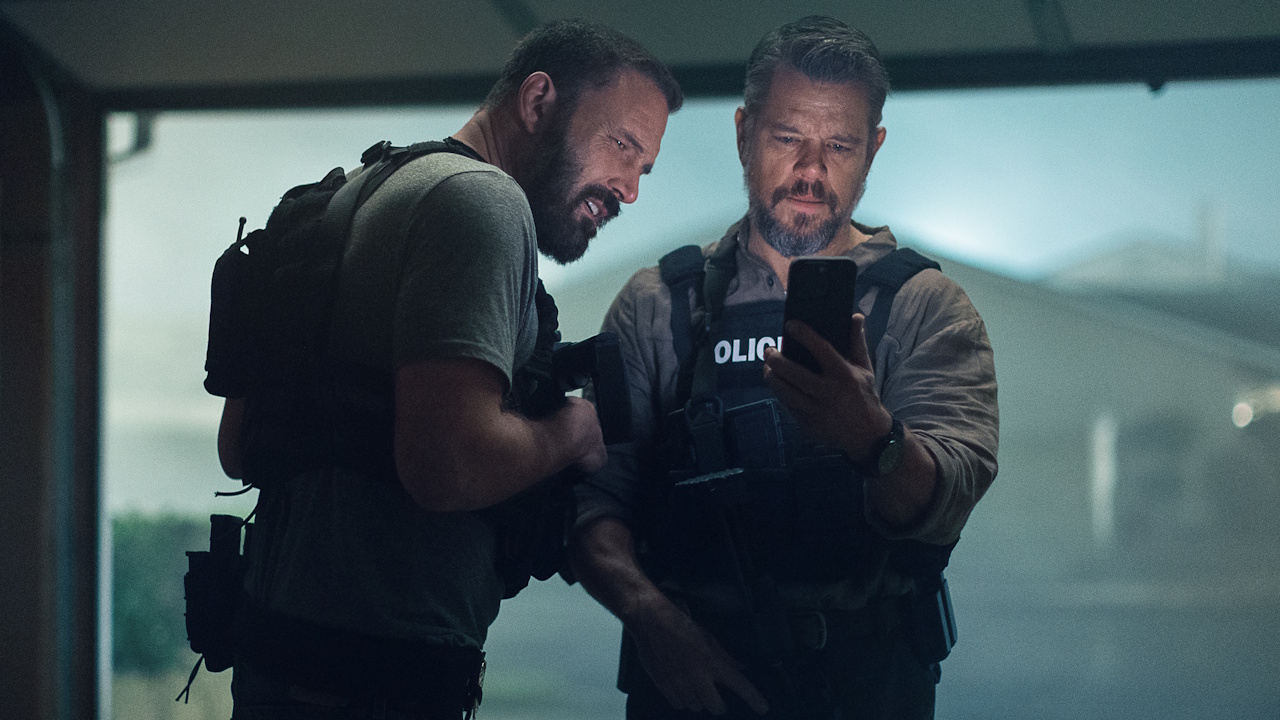Why You Must See The Dark Knight Rises In IMAX

We've suffered through a lot of gimmicks as moviegoers these past few years. There's the rise of 3D, of course, which consistently jacks up the ticket price for a feature, and for very little reward most of the time. The less we say about D-Box, the better. And it's tempting to lump all the IMAX releases in there, especially given how many regular theaters have been "upconverted" into a less-impressive ersatz IMAX that some call "LieMAX," and how many films that really didn't require the giant screen-- Happy Feet-- have been tossed up there and demanded your cash.
But not all Hollywood IMAX releases are created equal, and by shooting sections of The Dark Knight using actual IMAX cameras, Christopher Nolan raised the bar for feature films that use the format-- and he's done it again with The Dark Knight Rises. Containing over an hour of IMAX footage, the movie leaps up on the giant screen, absorbing and lush and practically enveloping the audience in its 70 mm celluloid. The most notable use of IMAX from The Dark Knight, the swooping overhead city shot at the beginning of the film, is repeated over and over again in The Dark Knight Rises, but it never loses its impact. We constantly see Gotham from above, and it fills the entire screen and our entire field of vision; just as Batman is committed fully to this city, we cannot escape it.
And the action scenes, which Nolan shoots with more clarity and a calmer camera than before, swell up into the frame as well, like a bully, like a punch to the gut that can't be ignored. There's one scene about halfway through the movie, where Batman encounters Bane, that plays out entirely without music-- it's punch after punch, groan after groan, an aggressive move for a movie that's been orchestrated within an inch of its life to that point. And the IMAX photography only adds to its hugeness, the sense that you can't escape the beating. Nolan may be the first filmmaker to make IMAX photography feel claustrophobic, and contrasting that with the gorgeous sweeping cityscapes and high-flying shots of the Bat in the air, it's an incredible balance.
In The Dark Knight, and later in Brad Bird's Mission: Impossible - Ghost Protocol, the expansion to IMAX footage was a sign that the action was about to begin, as clear as an uptick in the score's tempo. In The Dark Knight Rises there are no such lines, because the IMAX is everywhere-- in shots of hallways, in quiet moments, cut into the middle of a phone call scene, where one person is shot in IMAX and one in regular 35 mm. By incorporating IMAX into over an hour of the film, Nolan makes the format freer than ever before, a tool as malleable as score or set or costume to tell his story, to precisely guide what the audience feels. It's not exactly true to say you won't really see The Dark Knight Rises if you don't see it in IMAX, but the format has never been more important to a narrative film-- in a movie that's in part about spectacle, the IMAX photography is the most dazzling effect.
So if you have the ability to see The Dark Knight Rises in IMAX-- in true, glorious 70 mm-- see it. IMAX may not be the future of cinema, or nearly as prevalent as 3D, but Nolan has made a clear commitment to the format, and The Dark Knight Rises is a chance to see a skilled filmmaker pushing the edge of technology in a way that's very, very worth your extra cash.
Your Daily Blend of Entertainment News
Staff Writer at CinemaBlend

